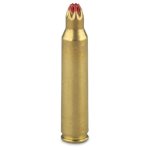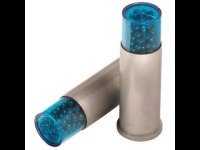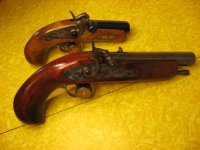I have misunderstood what I've read many times but reread this quote from the original poster. It's up to him to clarify this.
By the way, the only injury I've seen from firing a cartridge that had deteriorated from age occurred while firing a Remington or Peters .30-06 hunting factory cartridge in a Remington 1903A3 Springfield. Brass hardens as it ages. The case head split. I watched the puff of gas hit the shooter's face. He was not wearing glasses. He had to have tiny particles that I think were powder surgically removed from his eye ball. I do not remember for sure but I think the cartridge was made by Peters before their merge with Remington. To give you an idea of its age the injury occurred in the mid to late 1980s.





